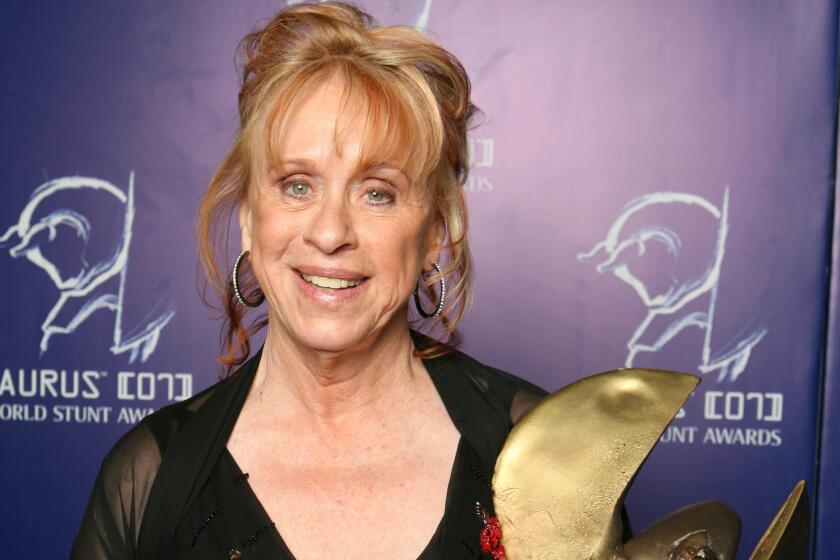It’s survival of the fittest for Southland’s small gyms and fitness studios
Small gyms and fitness studios in Southern California are battling the recession like boxers in the ring fighting for any advantage.
For many, 2010 will be another year of dodging blows from rivals and anxious customers coping with economic uncertainty. With new customers harder to land, the pressure is on to keep the old ones.
FOR THE RECORD:
Gym finances: A Business article Monday about the financial challenges faced by independent gyms said 2009 revenue for the Claremont Club in Claremont declined 11% from the year before. Its revenue declined 0.65% last year. —
“We are working so much harder for our money,” said Stephanie Moore, owner of Revolution Fitness in Santa Monica.
Los Angeles is an especially challenging environment for independent fitness studios and clubs because there are so many of them competing for the same customers, said Linda Conrad, executive director of the statewide trade group, California Clubs of Distinction.
Although they lack the deep pockets of their giant gym-chain competitors, smaller operations have some advantages.
“Smaller independents usually have very dedicated members who know the club owner and are very loyal,” said Joe Moore, chief executive of the International Health, Racquet & Sportsclub Assn. With less bureaucracy, they are often more “entrepreneurial and able to adjust to the economic situation very quickly,” he said.
At Train West Hollywood, owner Mylene Dane said she had handed off some administrative duties to an employee so she could spend more time building relationships with customers and coaching instructors on business retention.
“Every single second of every waking moment is all about marketing. It’s a lifestyle now,” said Dane, who has waded into social media as a low-cost marketing tool.
It’s usually cheaper for a club to keep a customer than to recruit a new one, and smaller clubs were able to retain members at a higher rate than larger clubs in 2008, according to data from the sportsclub association.
Clubs with less than 20,000 square feet of space had an 81% membership retention rate compared with 70% for the largest clubs.
Smaller clubs also saw an 11.3% net increase in membership in 2008 compared with the previous year. The largest clubs saw a decline of 0.7%, the report said.
Financial data for 2009 is being crunched now. But industry officials say that despite the lousy economy, it’s likely that the little guys’ fancy footwork will continue to pay off.
Revolution Fitness’ Moore, who started her Montana Avenue business in Santa Monica 17 years ago, said she ended 2009 in the black because she tackled tasks she let slide when customers were plentiful. That includes adding nicer bikes, updating her website and testing social media. She offers deals for newcomers and special events for loyal clients. Moore also skipped a planned price increase last year.
At the sprawling Claremont Club on 19 acres in suburban Claremont, Chief Executive Mike Alpert said December sales came back “very strong,” limiting his revenue decline in 2009 to 11%. He expects sales at the 220-employee club to continue to improve this year along with consumer confidence.
“Membership retention and being able to manage, control and lower expenses,” Alpert said, is the name of the game.






